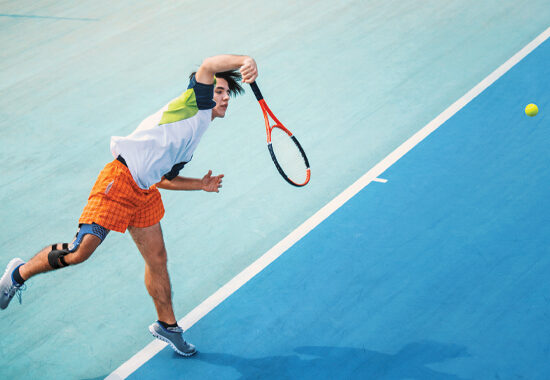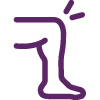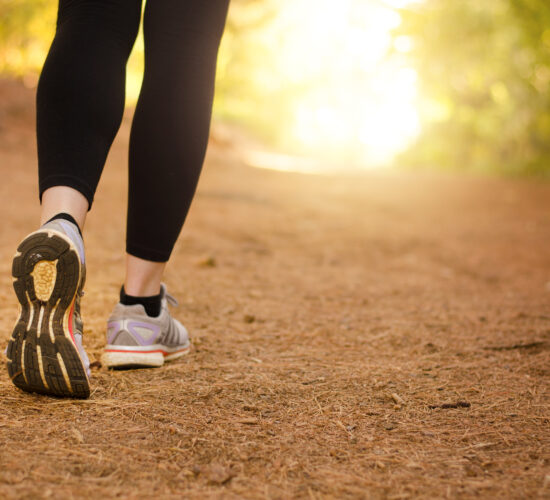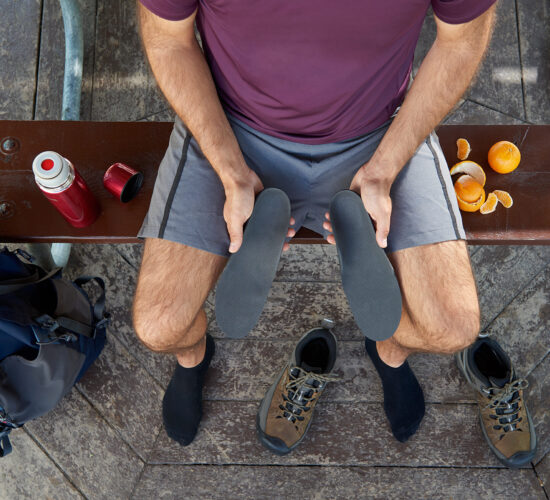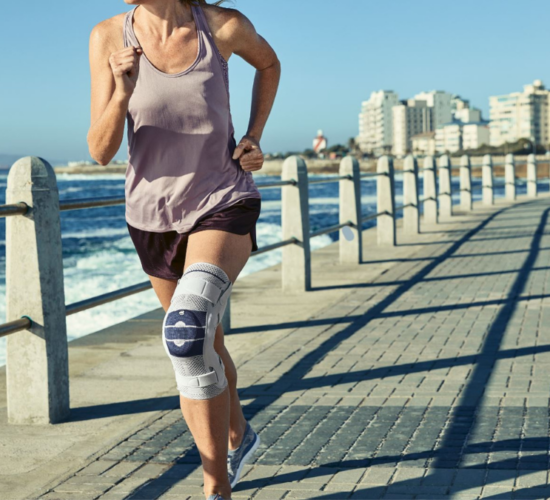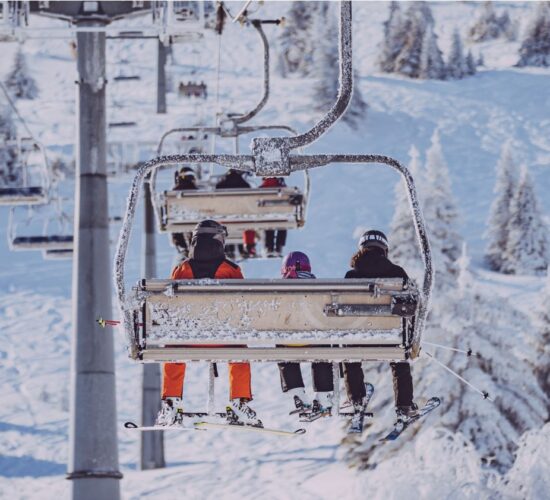A sprained or torn ACL doesn’t mean that the knee has lost all stability. The leg muscles also play an important role in knee function. Getting back into shape is a gradual process and will probably require rehabilitation and strengthening exercises. Some sports activities can then be resumed gradually.
Resuming more intense athletic activities without surgery exposes the knee to the risk of a new sprain or an additional injury, such as to the menisci.
In general, activities that are not very demanding on the knee, such as swimming, can be resumed 1 to 2 months after the operation. Active walking and light running can be resumed 4 to 6 months later. Non-contact sports can be resumed 6 to 8 months after surgery. Contact sports require waiting up to 12 months.
Using a stability orthosis
Despite an ACL sprain or tear, your knee can still support your weight. You can walk and put reasonable weight on your leg despite the injury. The sense of imbalance or instability during the stride is due to a loss of ligament stability, but the joint is still functional.
It is considered beneficial to recovery to resume walking and putting weight on your knee when possible and according to your pain tolerance.
Of course, you should support the joint to prevent re-injury. A stability orthosis will help the knee move during light physical activity. It will reduce the risk of further injury. An orthosis should be worn following surgery until the knee heals completely.
A stability orthosis for sports
A knee brace can help you resume physical activity more quickly and safely. Athletes who want to get back to their activity can do so, in moderation, with this additional support.
After ACL surgery, doctors recommend wearing a stability orthosis to allow time for the knee to recover. The recovery period after an operation can be 6 to 12 months, and athletes who want to get back on track will have to wear this type of brace.


